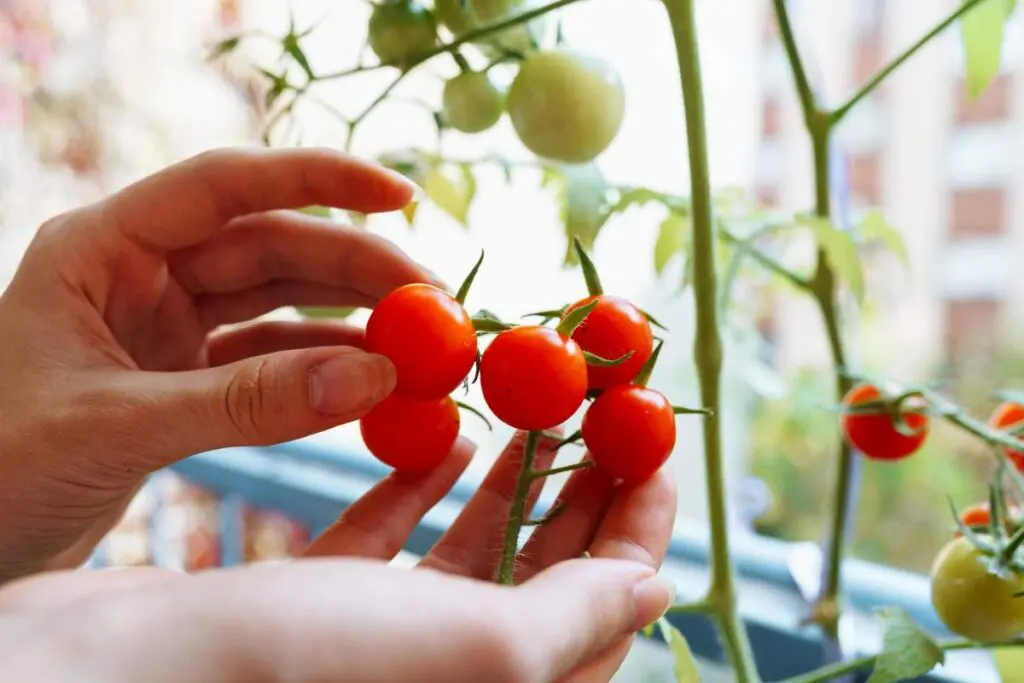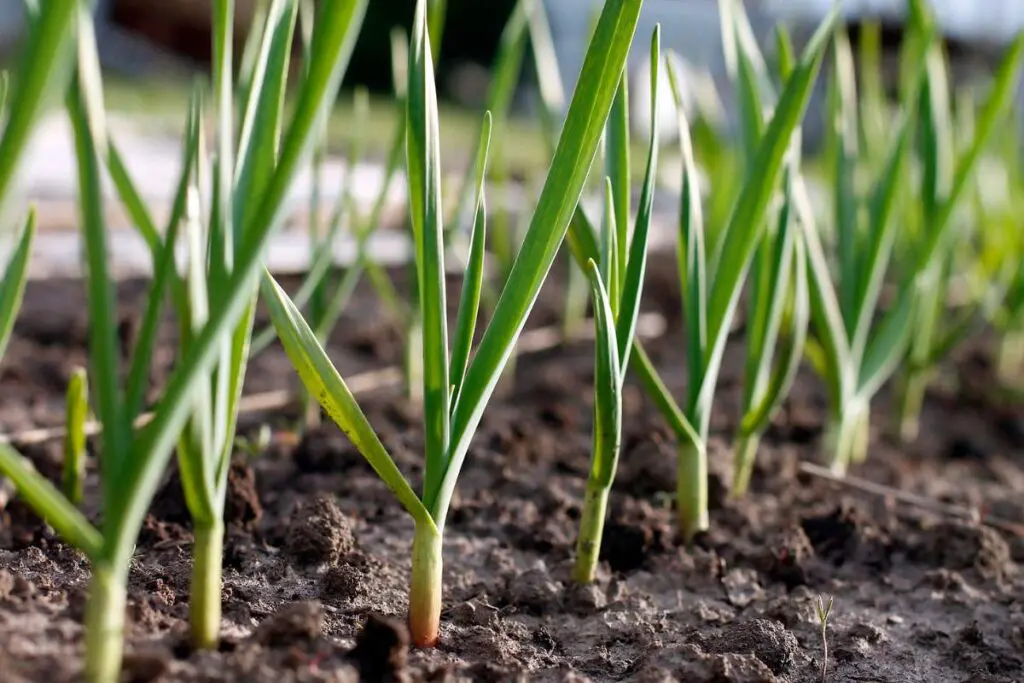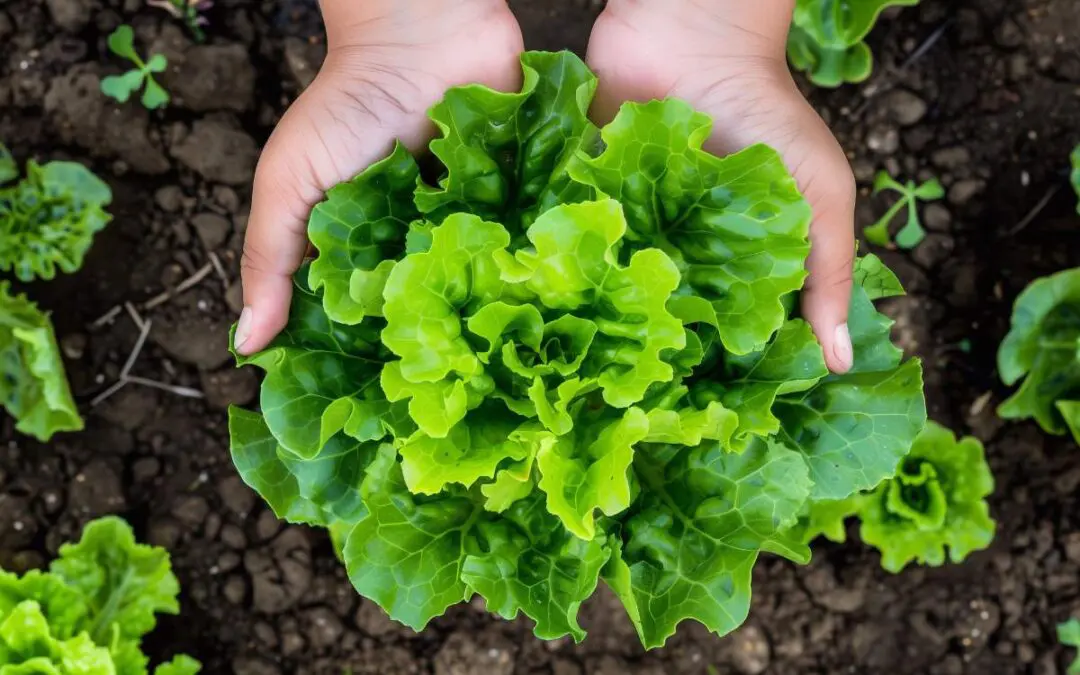Want to garden but feel like you missed the memo on how to keep plants alive? All those Tiktoks romanticizing rural life, the rising cost of groceries, supply chain disruptions – it’s becoming clear that a cultural shift is happening.
People are choosing to focus less on lawns and decorative plants and more on growing nourishing homegrown vegetables in their homes and apartments. Of course, not everyone has time to become a permaculture expert, and thankfully, you do not need to be a master gardener to have some home grown veggies.
This guide skips the fluff and gets straight to the good stuff: the easiest vegetables to grow, no matter your experience. Season by season, here’s how to grow food that feeds your body, supports your well-being, and reconnects you to the natural world.
Spring’s Simple Starters
Lettuce is the ultimate beginner crop– growing fast and giving multiple harvests if you trim the outer leaves. Best of all, no dramatic death scenes– if you treat it right, it will keep growing.
- Use shallow containers (6-8” deep) with drainage holes and loose, compost-rich soil. For crops to recover well, mineral support goes a long way in maintaining energy and balance through seasonal shifts.
- Direct sow seeds and thin seedlings to 3-4″ apart once they sprout.
- Water when the top inch of soil is dry– avoid waterlogging, which causes rot.
- Place in partial sun (4-6 hours of light); too much heat makes it bolt early.
Radishes can be your best friend if you want results fast. These vegetables go from seed to salad in under a month and even have edible leaves that taste great sauteed.
- Choose a container or raised bed that’s at least 6″ deep with loose, rock-free soil.
- Sow seeds 1/2″ deep and 1″ apart and thin to 2″ apart after sprouting.
- Harvest after 25 days to prevent them from becoming fibrous.
- Avoid planting them in the same spot repeatedly– rotate crops to prevent root pests.
Spring peas thrive in the cool air and don’t ask for much. They love to climb upwards and reward you with crisp, sweet pods that taste fresh and delicious.
- Use pots at least 8″ deep and install a trellis, cage, or stakes at planting time.
- Sow seeds 1″ deep, 2″ apart and thin to 4″ when seedlings are a few inches tall.
- Plant early, while the nights are still cool (45-60°F).
- Water regularly, but avoid overwatering to prevent mildew risk.

No-Sweat Summer Crops
Cherry tomatoes are the overachievers of summer gardening as long as you keep them well-supported and well-water. Expect rapid growth, wild vines, and tomatoes galore.
- Use containers with a minimum volume of 5 gallons, creating drainage holes and choosing a loamy soil.
- Plant indeterminate varieties, burying two-thirds of the stem for a continuous harvest.
- Install cages or stakes at planting to support vines before they become a tangled mess.
- Water 2-3 times a week and feed with compost tea every 2-3 weeks.
Zucchini grows like it has something to prove. With a single plant, you’ll have enough for every meal. But remember that this plant requires space and airflow.
- Plant in raised beds or 10-15 gallon containers filled with well-draining, nutrient-rich soil at 2-3 feet intervals.
- Water consistently at soil level and avoid wetting leaves to prevent mildew.
- Harvest fruits at 6-8″ long for peak flavor and tenderness and check on them daily– zucchinis go from perfect to oversized overnight.
Bush beans are low-maintenance, compact, and idiot-proof. They will give you a steady harvest and they improve soil by fixing nitrogen. Zucchinis are great team players for a balanced garden.
- Direct sow seeds at least 8” deep and 2” apart in rows.
- Keep soil consistently moist during flowering and pod season.
- Harvest when pods are firm and snap easily, picking often to keep plants producing.
Fall Growers for Easy Wins
Kale is the last standing green when everything else gives up. It laughs in the face of frost, shrugs off pests, and keeps growing till snow buries it.
- Start late in the summer and thin to 12-18” apart, using 10” containers or tucking into gaps in garden beds.
- Water regularly and mulch around the base to retain moisture and suppress weeds
- Harvest outer leaves only before they get huge and leathery, leaving the center to keep the plant growing.
Carrots require some patience, but they pay you back with little fuss. Once they’re in the ground, they do their thing– the trick is ensuring the right prep.
- Use deep, loose soil free of rocks or clumps– raised beds or containers 10-12″ deep.
- Keep soil moist for 2-3 weeks, until germination is complete.
- Thin seedlings to 2” apart once a few inches tall.
- Harvest when tops push above the soil– typically 60–80 days depending on variety.
Spinach thrives in fall’s cool soil and asks for little in return– it grows fast, works in small stages, and can be harvested at any stage. Some varieties can even survive a light frost.
- Sow seeds directly into a cool soil (50-60°F), using containers, grow bags, or beds with good drainage and partial sun.
- Water consistently but avoid overwatering to prevent soggy roots.
- Harvest leaves individually when young, or cut whole heads around 45 days.
- Choose “cold-hardy” varieties and consider a row cover for extended harvests.

Winter Growing? Totally Possible
Garlic is a set-it-and-forget-it crop, promising that each clove will become a bulb by the summer. It’s as close to passive gardening as you can get.
- Separate cloves (don’t peel), and plant pointy-end up, 2” deep and 4-6” apart about a month and a half before the first frost.
- Use well-drained soil and mulch thickly with straw or leaves for insulation.
- Water lightly after planting, then leave it alone through winter. In the spring, feed with compost and remove scraps.
This is kitchen-scrap gardening at its finest. You can regrow green onions indoors without soil, sunlight, and effort.
- Place store-bought roots in a glass with just enough water to cover the white base.
- Set on a sunny windowsill and change water every 2-3 days.
- Trim greens as needed and plant in a small pot of soil for a longer life.
Your Wellness Garden Starts Here
Growing food isn’t complicated, it just requires you to choose the right plants in the right season, with setups that fit with your lifestyle. With a few containers, a patch of dirt, and a little attentiveness, you can have something green and edible at your doorstep. Radishes, cherry tomatoes, and fresh kale don’t need a green thumb– just a willingness to start.

